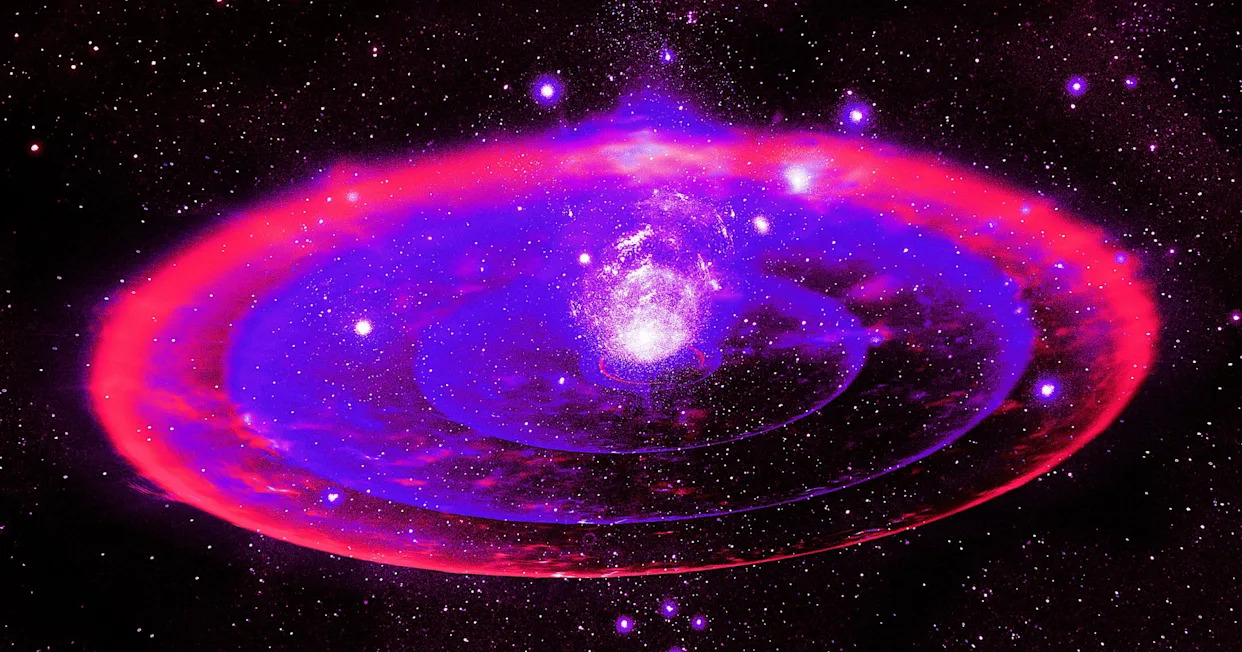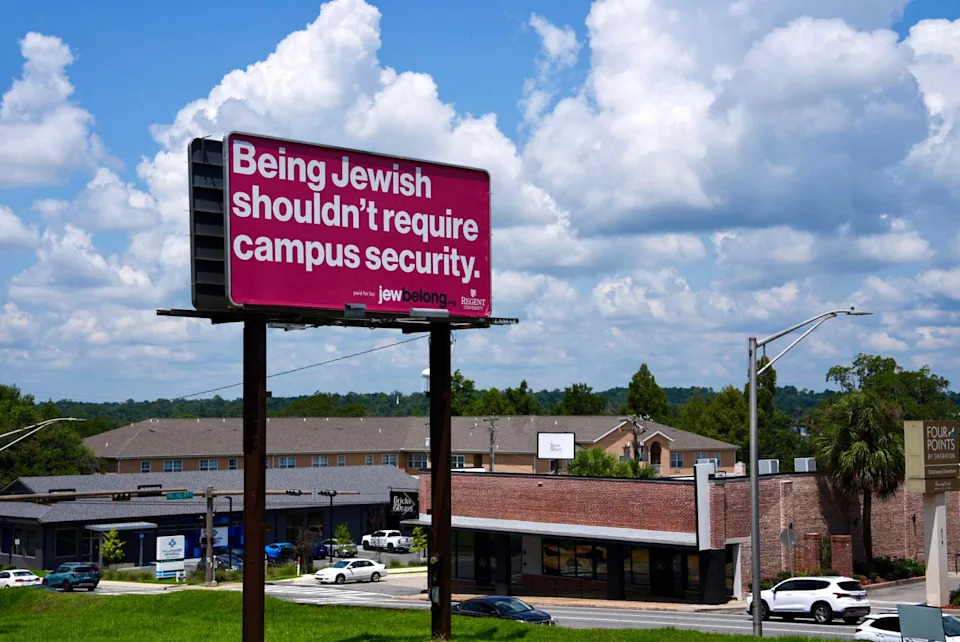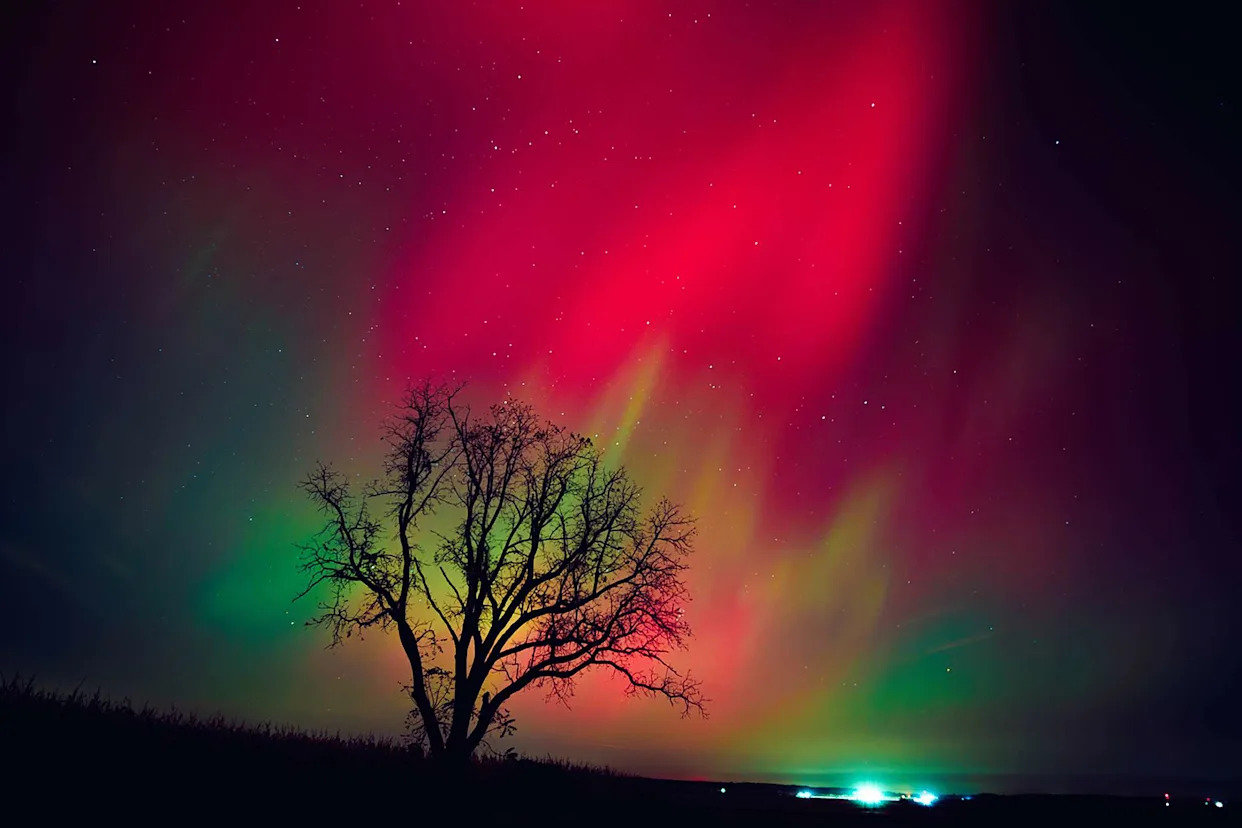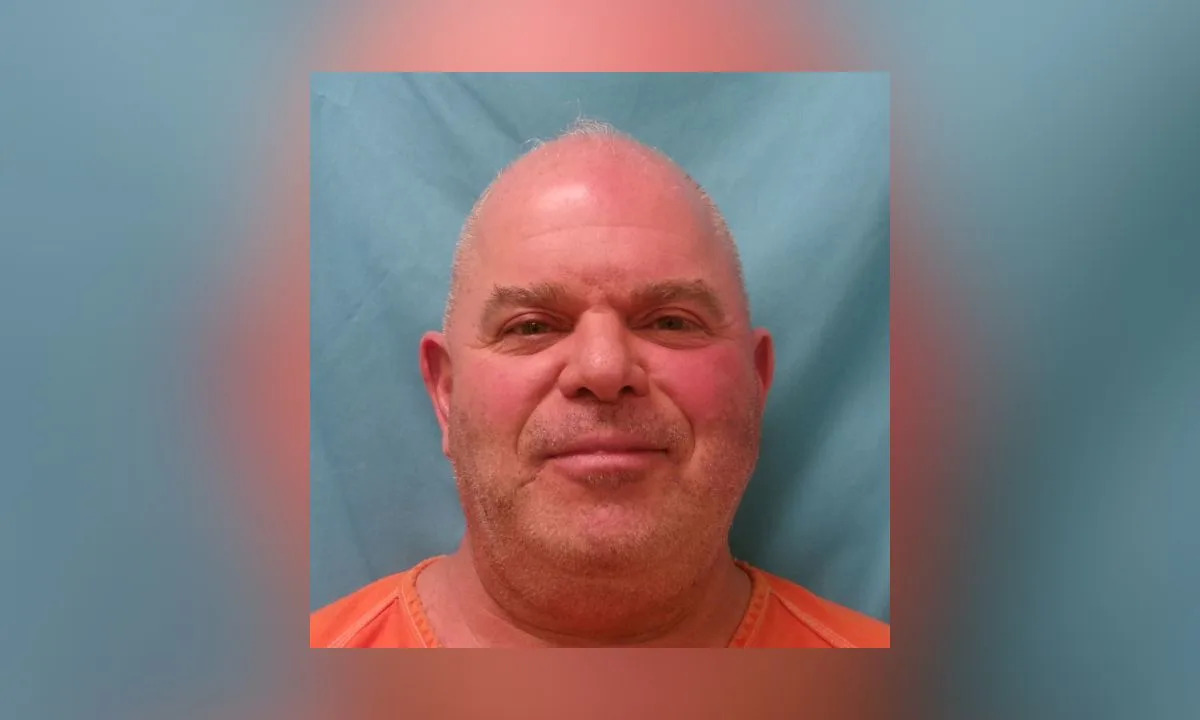
Stellar death is a complex and mysterious process — but in the case of a supernova known as 2023zkd, things were more gruesome than any astronomer had ever seen before.
As its name suggests, this supernova — the fabulous astronomical term for the explosive death of a star — was first spotted back in 2023, when Southern California's Zwicky Transient Facility zeroed in on it thanks to new AI algorithms designed to detect such brilliant blasts.
This supernova, however, was different. It appeared, as explained in a statement by researchers, to be dangerously close to a small black hole — but instead of being ripped asunder, it seems that the supernova began trying to feast upon that which should have destroyed it.
Wait, what?
In a new paper published in the Astrophysics Journal explains, scientists from Harvard, the Smithsonian, and the Massachusetts Institute of Technology were taken aback by what they were seeing from 730 million light-years away.
Black holes and supernovae are not, as paper author and Harvard professor Ashley Villar told the Washington Post, all that unusual to witness in proximity. Both were once, presumably, stars, and some theories suggest supernovae may even be part of the building blocks for black holes.
In the case of SN 2023zkd, things seemed to go haywire long before its gluttonous dance with its black hole partner. The scientists' algorithm initially detected the expected bright burst of light from the supernova — but looking back on archival data, they found that it had actually been brightening slowly for roughly four years, which is much longer than typically seen in supernovae.
Even more curiously, SN 2023zkd then brightened unexpectedly while astronomers observed its progress moving forward — a "dramatic re-brightening," as the Center for Astrophysics' statement called it, that seemed to be related to the "thick, disk-like" cloud that was seen near the site of the explosion.
"We think that the light source is actually from stuff hitting each other as it’s trying to escape," Villar told WaPo. "That explosion hits that disk, and now we’re seeing all this additional light."
All that escapee debris was, per one theory, looking to get out from the gravitational stress of the supernova's black hole companion. If further analysis confirms this to be the case, it will make this unique supernova activity "some of the clearest signs we've seen of a massive star interacting with a companion in the years before explosion," Villar said in the statement — a euphemistic way of suggesting that it would be the first time scientists have ever seen a supernova try to eat a black hole.
While there's a good chance that scientists have seen the aftermath of such strange exchanges between these two types of former stars, technologies like the AI used to find SN 2023zkd will make it all the easier to catch them in the act.
"We're now entering an era where we can automatically catch these rare events as they happen, not just after the fact," explained Alexander Gagliano, another of the study's authors and a fellow at the National Science Foundation's Institute for Artificial Intelligence and Fundamental Interactions, in the statement. "That means we can finally start connecting the dots between how a star lives and how it dies, and that's incredibly exciting."
More on dead stars: Bizarre "Infinity Galaxy" Could Hold the Secrets of Supermassive Black Holes








Comments